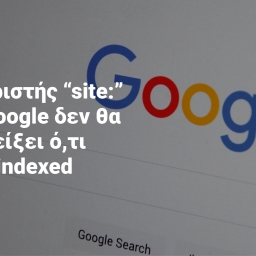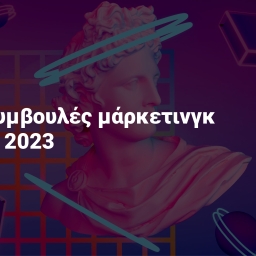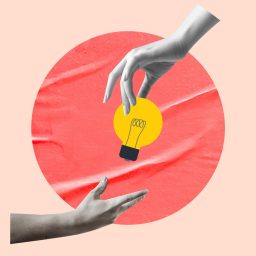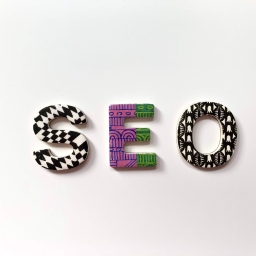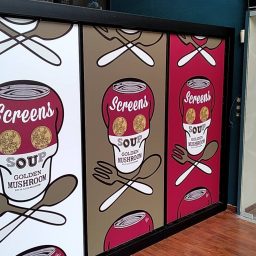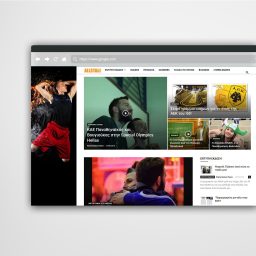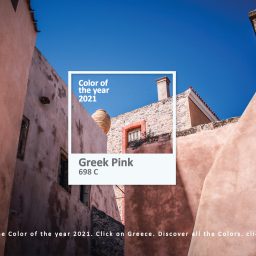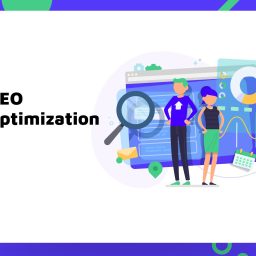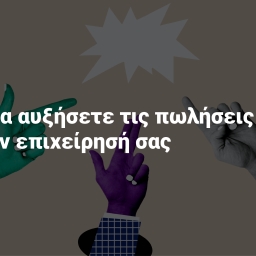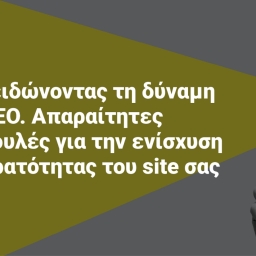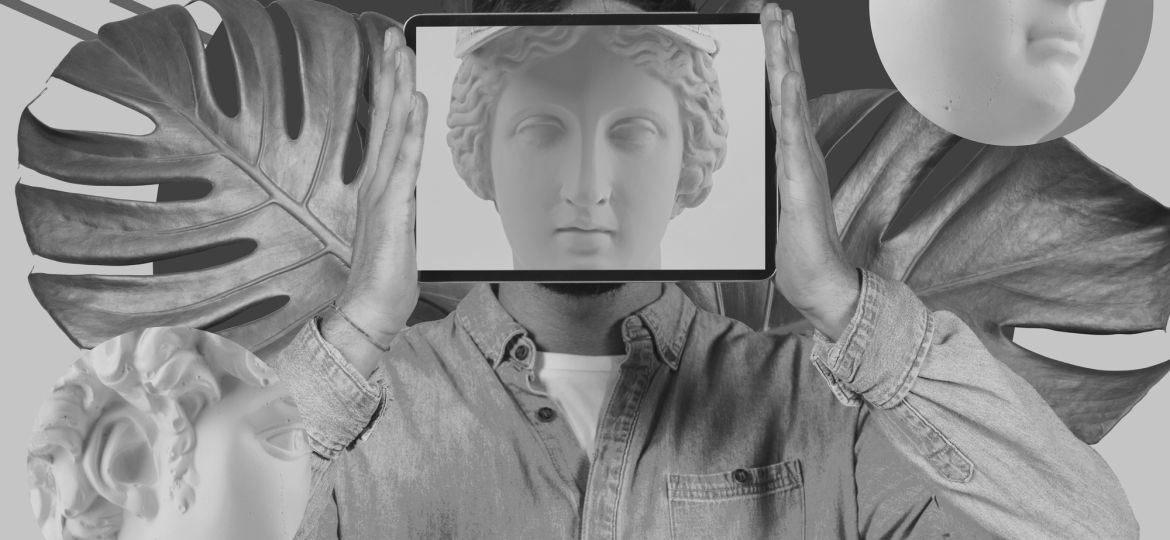
The Art of Web Design: Mastering the Visual Language of the Internet
In the fast-paced world of the internet, web design has emerged as a powerful tool for businesses to attract and engage their online audience. The design elements and visual language used in creating a website can make or break its success. That’s why mastering the art of web design is essential for any business looking to make a lasting impression in the digital realm.
In this article, we delve into the intricacies of web design and explore the elements that contribute to an aesthetically pleasing and user-friendly website. From choosing the right color palette to creating seamless navigation, we uncover the secrets that top web designers use to captivate their audience.
With expert insights and practical tips, we equip you with the knowledge to enhance your website’s visual appeal and optimize user experience. Whether you’re a beginner or a seasoned web designer, this article provides valuable advice to help you create engaging online platforms that drive conversions and leave a lasting impact on visitors.
Mastering the visual language of the internet is no longer a luxury; it’s a necessity in today’s competitive digital landscape. So, let’s embark on this journey and unlock the art of web design together.
The importance of visual design in web design
When it comes to web design, visual elements play a crucial role in attracting and retaining visitors. The first impression is often formed within seconds, and if your website fails to grab attention, users will quickly move on to the next option. That’s why investing in visual design is vital for creating a memorable and impactful online presence.
Visual design encompasses various aspects, including color, typography, layout, images, and graphics. Each element should work harmoniously to create an immersive and visually appealing experience. By carefully considering these components, you can effectively communicate your brand message, evoke emotions, and guide users to take desired actions.
One of the key benefits of visual design is its ability to establish credibility and trust. A well-designed website signals professionalism and attention to detail, instilling confidence in visitors that they have landed in the right place. Additionally, a visually pleasing website can enhance the overall user experience, making it easier for users to navigate, find information, and engage with your content.
In the next sections, we will explore the different elements of visual design in web design and how they contribute to creating an impactful online platform.
Understanding the visual language of the internet
The visual language of the internet refers to the collective set of visual cues and conventions that users have come to expect from websites. It encompasses everything from the placement of navigation menus to the use of icons and buttons. By understanding and leveraging this visual language, you can create intuitive and user-friendly interfaces that resonate with your target audience.
Consistency is a fundamental aspect of the visual language. Consistent use of colors, typography, and design elements throughout your website helps users navigate and understand your content effortlessly. Consistency also extends to the overall branding of your website, ensuring that your online presence aligns with your offline identity.
Another important aspect of the visual language is visual hierarchy. Visual hierarchy involves organizing the elements on your web page in a way that guides the user’s attention and emphasizes the most important information. By using size, color, and placement strategically, you can direct users to key messages or calls to action, improving engagement and conversions.
Color theory in web design
Color is a powerful tool in web design, capable of evoking emotions, conveying messages, and creating a unique brand identity. Understanding color theory and its practical application is essential for creating visually appealing and effective websites.
Color theory explores the relationships between different colors and how they can be combined to create harmonious and visually pleasing palettes. By selecting the right color scheme for your website, you can create a mood or atmosphere that aligns with your brand values and resonates with your target audience.
When choosing colors for your website, it’s important to consider the psychological and cultural associations that different colors carry. For example, warm colors like red and orange can create a sense of energy and urgency, while cool colors like blue and green can evoke a feeling of calmness and trust. By understanding the impact of color on emotions, you can strategically use it to influence user behavior and perception.
It’s also important to consider the accessibility aspect of color in web design. Ensuring sufficient contrast between text and background colors is crucial for readability, especially for users with visual impairments. By adhering to accessibility guidelines, you can create an inclusive and user-friendly website that caters to a wider audience.
Typography in web design
Typography plays a vital role in web design, as it affects both the visual appeal and readability of your website’s content. Selecting the right typefaces, font sizes, and font styles can significantly impact how users perceive and engage with your content.
When choosing typefaces for your website, it’s important to strike a balance between aesthetics and legibility. While decorative or script fonts may look visually appealing, they can be challenging to read, especially in longer paragraphs. Sans-serif fonts, on the other hand, are often preferred for body text due to their clean and modern appearance.
Font sizes should also be carefully considered to ensure optimal readability across various devices and screen sizes. Too small of a font size can strain the user’s eyes, while excessively large text can disrupt the overall visual balance of your website. Responsive typography, which adjusts font sizes based on screen dimensions, can help ensure a consistent and comfortable reading experience for users.
In addition to typefaces and font sizes, font styles such as bold, italics, and underlining can be used sparingly to emphasize important information or create visual hierarchy. However, it’s important to use these styles judiciously to avoid overwhelming the user or diminishing the overall readability of your content.
Layout and composition in web design
The layout and composition of your website determine how information is organized and presented to users. A well-designed layout creates a logical flow, enables easy navigation, and highlights key content, ultimately enhancing the overall user experience.
Grid-based layouts are commonly used in web design as they provide a structured framework for arranging content. By dividing your web page into columns and rows, you can create a visually balanced and organized layout. Grid systems also facilitate responsiveness, ensuring that your website looks great on different devices and screen sizes.
When designing a layout, it’s important to consider the “F-pattern” or “Z-pattern” reading patterns that users typically follow. These patterns reflect how users scan web pages, focusing their attention on the top left corner and then moving horizontally and vertically. By aligning important content along these patterns, you can increase the chances of capturing the user’s attention and delivering your key messages effectively.
Whitespace, also known as negative space, is another crucial element in layout design. Whitespace refers to the empty space between elements and helps create visual separation, improve readability, and enhance the overall aesthetics of your website. By giving content room to breathe, you can create a clean and uncluttered design that allows users to focus on the most important elements.
Using images and graphics in web design
Images and graphics are powerful visual elements that can enhance the appeal and impact of your website. They can convey complex messages, evoke emotions, and make your content more engaging and memorable.
When incorporating images into your web design, it’s important to choose high-quality and relevant visuals that align with your brand and content. Stock photos can be a convenient option, but using authentic and original visuals can help differentiate your website and create a more personalized experience. Additionally, optimizing image file sizes and formats can improve page load times, ensuring a smooth and fast browsing experience for users.
Infographics, icons, and illustrations are other types of graphics that can be used to enhance the visual appeal and convey information effectively. Infographics can present complex data in a visually appealing and easily digestible format, while icons and illustrations can add a touch of personality and visual interest to your website.
However, it’s crucial to strike a balance between visual elements and page load times. Excessive use of images and graphics can slow down your website, leading to a poor user experience. Optimizing and compressing images, as well as using lazy loading techniques, can help mitigate this issue.
Responsive web design and its impact on visual design
In today’s mobile-first era, responsive web design has become a necessity. Responsive design ensures that your website adapts and looks great on different devices, screen sizes, and orientations. This is crucial for providing a seamless and optimized user experience across desktops, laptops, tablets, and smartphones.
From a visual design perspective, responsive web design requires careful consideration of layout, typography, and images. The layout should respond fluidly to different screen widths, rearranging and resizing elements to maintain a consistent visual hierarchy. Typography should adjust to ensure readability on smaller screens, and images should be optimized for faster loading without compromising quality.
Responsive web design also involves touch-friendly navigation and interaction elements. Buttons and menus should be large enough for easy tapping, and gestures such as swiping and pinching should be supported for intuitive navigation. By creating a visually appealing and user-friendly experience across devices, you can maximize engagement and conversions.
User experience (UX) and visual design
User experience (UX) and visual design go hand in hand, as both are essential for creating a successful website. While visual design focuses on the aesthetics and visual elements, UX design encompasses the overall user journey, interaction, and satisfaction with your website.
A visually appealing website can quickly catch the user’s attention, but it’s the user experience that determines whether they stay, explore further, and take desired actions. A well-designed user experience considers the needs, expectations, and behaviors of your target audience and aims to provide a seamless and intuitive experience.
An intuitive navigation system is crucial for a positive user experience. Users should be able to easily find what they’re looking for, whether it’s information, products, or services. Clear and descriptive labels, logical menu structures, and prominent calls to action can guide users through your website and encourage conversions.
Visual cues, such as hover effects and animations, can also enhance the user experience by providing feedback and indicating interactive elements. However, it’s important to use these effects sparingly and purposefully to avoid overwhelming or distracting the user.
Conducting user testing and gathering feedback is an integral part of UX design. By observing how users interact with your website and listening to their feedback, you can identify areas for improvement and make data-driven design decisions. Regularly analyzing user behavior through analytics tools can also provide valuable insights into how users engage with your website and guide optimization efforts.
Conclusion: Mastering the visual language of the internet
In today’s digital landscape, mastering the visual language of the internet is essential for creating successful websites that engage users and drive conversions. Visual design elements, such as color, typography, layout, images, and graphics, play a crucial role in capturing attention, establishing credibility, and enhancing the overall user experience.
By understanding the principles of visual design and applying them strategically, you can create aesthetically pleasing and user-friendly websites that leave a lasting impact on visitors. Whether you’re a beginner or a seasoned web designer, these insights and practical tips will help you unlock the art of web design and create online platforms that stand out in the crowded digital space.
So, embark on this journey of mastering the visual language of the internet and elevate your web design skills to new heights. By combining creativity, data-driven decision-making, and a deep understanding of your target audience, you can create websites that not only look great but also deliver exceptional user experiences.

